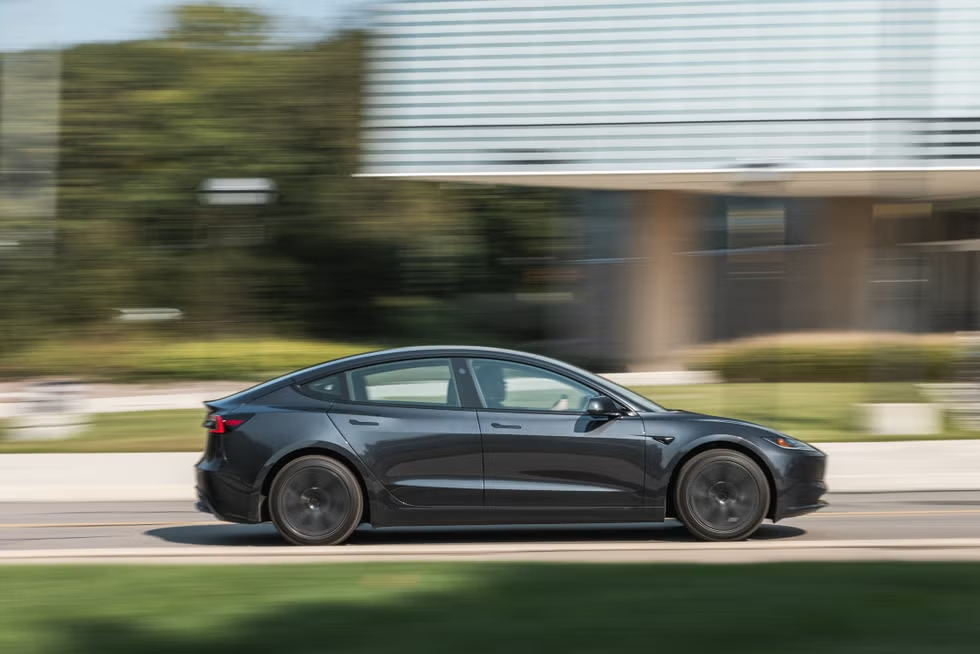Electric vehicles (EVs) are not just the future—they’re the present. As of 2024, the global EV market is on an electrifying surge, with Rivian and Tesla leading the charge. These two trailblazers are not only innovating with their vehicles but are also transforming the very landscape of EV charging. Did you know that the global EV charging infrastructure market is projected to grow from $7.8 billion in 2023 to $29.7 billion by 2028? This explosive growth is driven by companies like Rivian and Tesla, whose cutting-edge technologies and strategic initiatives are setting new standards. In this article, you’ll learn how these companies are revolutionizing EV charging, making it faster, more accessible, and more sustainable.
Rivian’s Innovative Charging Network
Rivian’s Adventure Network: A Game Changer
Rivian, known for its rugged electric trucks and SUVs, is making significant strides with its Adventure Network. Launched in 2021, this exclusive charging network is designed to support their adventurous clientele. By 2024, Rivian aims to expand its network to over 3,500 fast chargers spread across 600 sites in North America, focusing on remote destinations often neglected by other networks. This initiative ensures that Rivian owners can embark on long journeys with peace of mind.
- Fast Charging: Rivian’s chargers offer speeds of up to 200 kW, allowing an 80% charge in just 45 minutes.
- Strategic Locations: Priority is given to sites near national parks and off-road trails.
- Sustainability Focus: Rivian’s commitment to sustainability is evident as they power their stations with renewable energy sources.
How to Access Rivian’s Chargers
To make use of Rivian’s Adventure Network, all you need is the Rivian app. It provides real-time updates on charger availability and helps plan your route efficiently. As a Rivian owner, you get exclusive access, ensuring minimal wait times even during peak travel seasons.
Tesla’s Supercharger Network: Setting the Standard
Tesla’s Global Reach and Technological Advancements
Tesla’s Supercharger network remains the gold standard in EV charging. As of 2024, it boasts over 45,000 Superchargers across the globe, making it the most extensive network available. With recent advancements, these chargers now offer speeds of up to 350 kW, reducing charge times to just 15 minutes for a 200-mile range.
- V4 Superchargers: These next-gen chargers offer faster charging with improved cooling systems.
- Universal Access: Tesla has begun opening its network to non-Tesla EVs, fostering inclusivity in the EV community.
- Solar-Powered Stations: Many of Tesla’s Supercharger stations are equipped with solar panels, aligning with their mission for a sustainable future.
Where to Find Tesla’s Chargers
Tesla’s in-car navigation system is a seamless way to locate Superchargers. For non-Tesla users, the Tesla app provides access to nearby stations and availability, making it easier for all EV drivers to plan their trips.
The Impact of Charging Innovations on EV Adoption
Increasing Accessibility and Convenience
Both Rivian and Tesla are breaking down barriers to EV adoption by making charging more accessible and convenient. This accessibility is crucial, as range anxiety remains a significant concern for potential EV buyers. By strategically placing chargers in key locations and ensuring reliability, these companies are fostering confidence in EV ownership.
Enhancing User Experience
The emphasis on user experience is evident in the integration of technology. Whether it’s through app-based reservations or real-time updates on charging status, both Rivian and Tesla are prioritizing ease of use. This focus not only enhances the ownership experience but also encourages more drivers to transition to electric vehicles.
Practical Tips for EV Owners
Maximizing Charging Efficiency
- Plan Ahead: Use apps like PlugShare or ChargePoint to locate chargers and plan your stops.
- Off-Peak Charging: If possible, charge during off-peak hours to avoid congestion and potential surcharges.
- Regular Maintenance: Keep your EV’s battery in optimal condition by following manufacturer guidelines.
Comparing Charging Options
When considering an EV, compare the charging networks:
- Coverage Area: Tesla offers broader global coverage, while Rivian focuses on adventure-specific locations.
- Charging Speeds: Tesla’s V4 Superchargers provide faster charging compared to Rivian’s current offerings.
- Access and Compatibility: Tesla’s opening of its network to other EVs increases compatibility, whereas Rivian remains exclusive.
Conclusion: The Future of EV Charging
In 2024, Rivian and Tesla are not just competing; they’re collaboratively pushing the boundaries of what’s possible in EV charging. By enhancing infrastructure, integrating renewable energy, and prioritizing user experience, these companies are setting a new standard for the industry. As an EV enthusiast, staying informed about these developments ensures you make the most of your electric journey.
Are you ready to embrace the electric revolution? Share your thoughts in the comments below! With continuous innovation and expansion, the future of EV charging promises to be more efficient and sustainable, steering us toward a greener planet.

